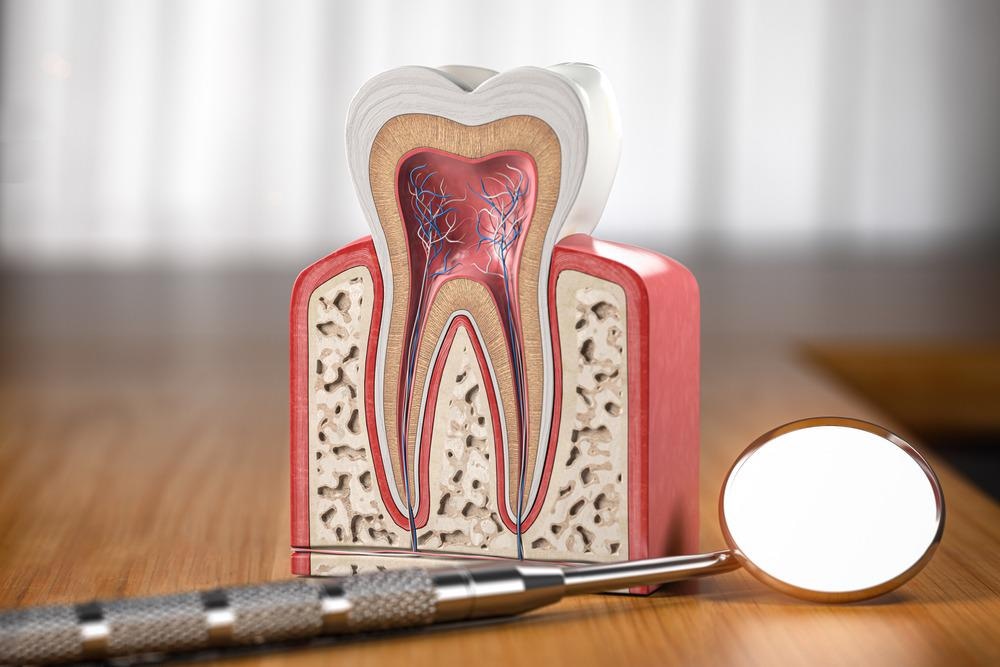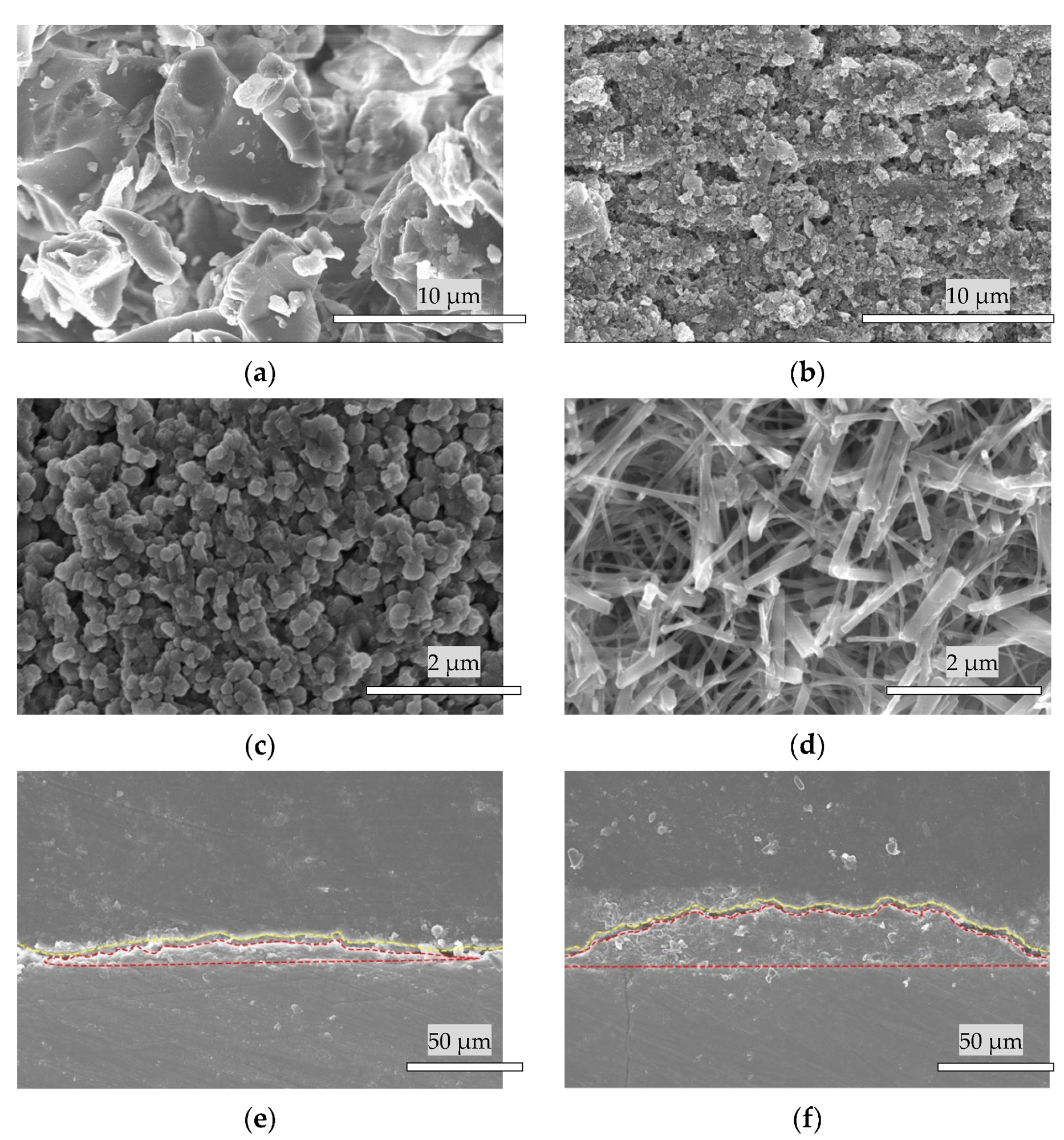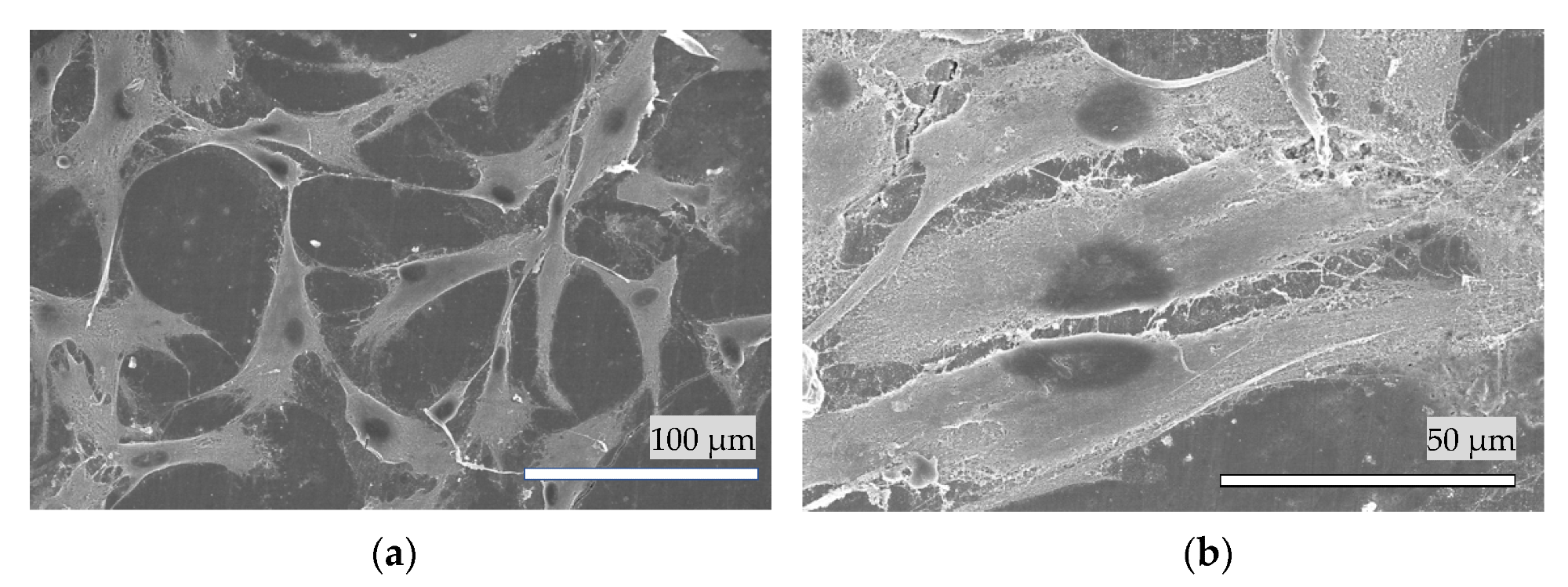A group of researchers from Japan recently developed a process to repair enamel defects by depositing erbium-doped yttrium aluminum garnet (Er-YAG) pulse laser deposition (PLD) process to form hydroxyapatite (HAp) film coating on teeth.

Study: Hydroxyapatite Film Coating by Er: YAG Pulsed Laser Deposition Method for the Repair of Enamel Defects. Image Credit: Maxx-Studio/Shutterstock.com
This process was tested on a bovine enamel specimen with α-tricalcium phosphate (α-TCP), the precursor of HAp, coating on the demineralized surface using the Er-YAG-PLD method. The resulting coating showed enhanced wear resistance, cell attachment, and recovery of micro-Vickers hardness. This study is published in the open-access journal Materials.
Importance of Hydroxyapatite in Dental Treatment
Hydroxyapatite (HAp, Ca10(PO4)6 (OH)2) is used in a variety of applications, such as in medical and dental devices for implantation into living bodies. The orthodontic treatment results in enamel damage on bracket removal owing to the high bond strength between them.
The enamel rods that are decalcified during etching are eroded to form a thinner enamel, and the leftover enamel on the surface of the teeth lacks strength and luster. Moreover, the remaining enamel on the tooth surface is acellular and barely self-repaired after the damage from tooth eruption.

The schematic graph of handpiece consisting of a straightened C400F contact tip and α-TCP bulk target. Image Credit: Chen, L et al., Materials
Consequently, it is ideal to restore and preserve dentin using a thin layer coating of nonstoichiometric fluoridated carbonate HAp crystal, which is the main constituent of teeth. Nevertheless, adhesion between two ceramics is difficult to obtain due to the difference in surface roughness.
As a solution to that, Er-YAG laser with wavelength 2.94 µm and low photon energy of 0.42 eV can be used in the PLD method. Since the energy of photons is too low to directly break the bonds, the ablation causes spontaneous evaporation of the hydration shell of laser targets, which leads to vapor generation and increase in pressure followed by micro-explosion of these vapor pockets that cause the mechanical breakdown of the laser targets and physically contribute to the ablation process.

SEM images of (a) (10 kV) α-TCP powder, the deposition of α-TCP layer by (b) (10 kV) 1 pulse and (c) (5 kV) 25 pulses of Er:YAG-PLD. (d) (15 kV) Plate-like crystallites of HAp after hydrolyzation by 25 pulses of PLD. The cross-sectional SEM of HAp coated specimens by one pulse (e) (10 kV) and 25 pulses of Er:YAG-PLD (f) (10 kV) following hydrolyzation.Image Credit: Chen, L et al., Materials
About the Study
In this study, raw α-TCP powder was compressed using hydraulic press under a pressure of 0.3 MPa for 60 seconds to form compacted disk-shaped target specimens of 7 mm in length and 5 mm in diameter followed by soaking in pure water for ablation during Er-YAG-PLD.
Furthermore, fresh bovine teeth were cut into rectangular shapes and polished using silicon carbide abrasive paper until a roughness of #4000 was achieved, followed by etching with 35% phosphoric acid for 30 seconds and cleaning in deionized (DI) water using an ultrasonic bath for 10 min.
Subsequently, the bovine tooth disks coated with α-TCP were hydrolyzed in artificial saliva at a temperature of 37 ℃ for 2 days immediately after Er-YAG-PLD to obtain HAp coated specimens.
Observations
The visual inspection revealed that the α‐TCP layer deposited immediately after Er-YAG‐PLD had a gross and dull appearance and it was robust enough to not be removed by airflow or a 10 minutes ultrasonic bath. Scanning probe microscopy (SPM) showed a significant reduction in surface roughness after the brushing test and the formation of a smooth surface for further HAp film coating.
Micro-Vickers hardness results indicated a significant reduction (from 329 to 164 HV) in the hardness of bovine enamel after etching with 35% phosphoric acid, but the hardness recovered by 89.4% and 91.8% after the α‐TCP coating was deposited and the coatings were converted into HAp post-PLD, respectively.
Scanning electron microscopy (SEM) results reveal that α‐TCP and HAp coexist in the deposited coating and an attachment of the living HPdLF cells to the HAp film coating and bovine enamel after 24 hours of incubation. The presence of calcium on the dental surface played an important role in the adsorption of proteins to specimens with the help of calcium bridges.
Moreover, only the α‐TCP coating, which is the precursor of HAp, was successfully converted into HAp using Er-YAG-PLD out of several potential choices, such as calcium hydrogen phosphate dihydrate, α-TCP, β-TCP, and diphosphoric acid targets. Even the direct use of HAp targets couldn’t achieve suitable adhesive strength with enamel and dentin.
The temperature change during the Er-YAG-PLD process in vitro increased by 0.1 ℃ in 5 seconds and 0.4 ℃ in 10 seconds, which was well below the temperature elevation of 5.5 ℃ that can harm or even destroy the dentin pulp.

A typical SEM image of the HPdLF cells attached on the surface of (a) the hydroxyapatite coating and (b) bovine enamel. Image Credit: Chen, L et al., Materials
Conclusions
The researchers used Er-YAG-PLD treatment to deposit HAp film coating on demineralized tooth enamel using α‐TCP as the precursor and without any high temperature-related adverse pulpal effects. Although a 100% recovery of hardness is difficult to achieve due to the complicated hierarchical structure of natural enamel, a recovery of 91.8% hardness was quite impressive.
Hence, the Er-YAG-PLD technique is a promising choice for enamel repair in the future.
Reference
Chen, L., Hontsu, S., Komasa, S., Yamamoto, E., Hashimoto, Y., Matsumoto, N., Hydroxyapatite Film Coating by Er: YAG Pulsed Laser Deposition Method for the Repair of Enamel Defects. Materials 2021, 14, 7475. https://www.mdpi.com/1996-1944/14/23/7475#cite
Disclaimer: The views expressed here are those of the author expressed in their private capacity and do not necessarily represent the views of AZoM.com Limited T/A AZoNetwork the owner and operator of this website. This disclaimer forms part of the Terms and conditions of use of this website.